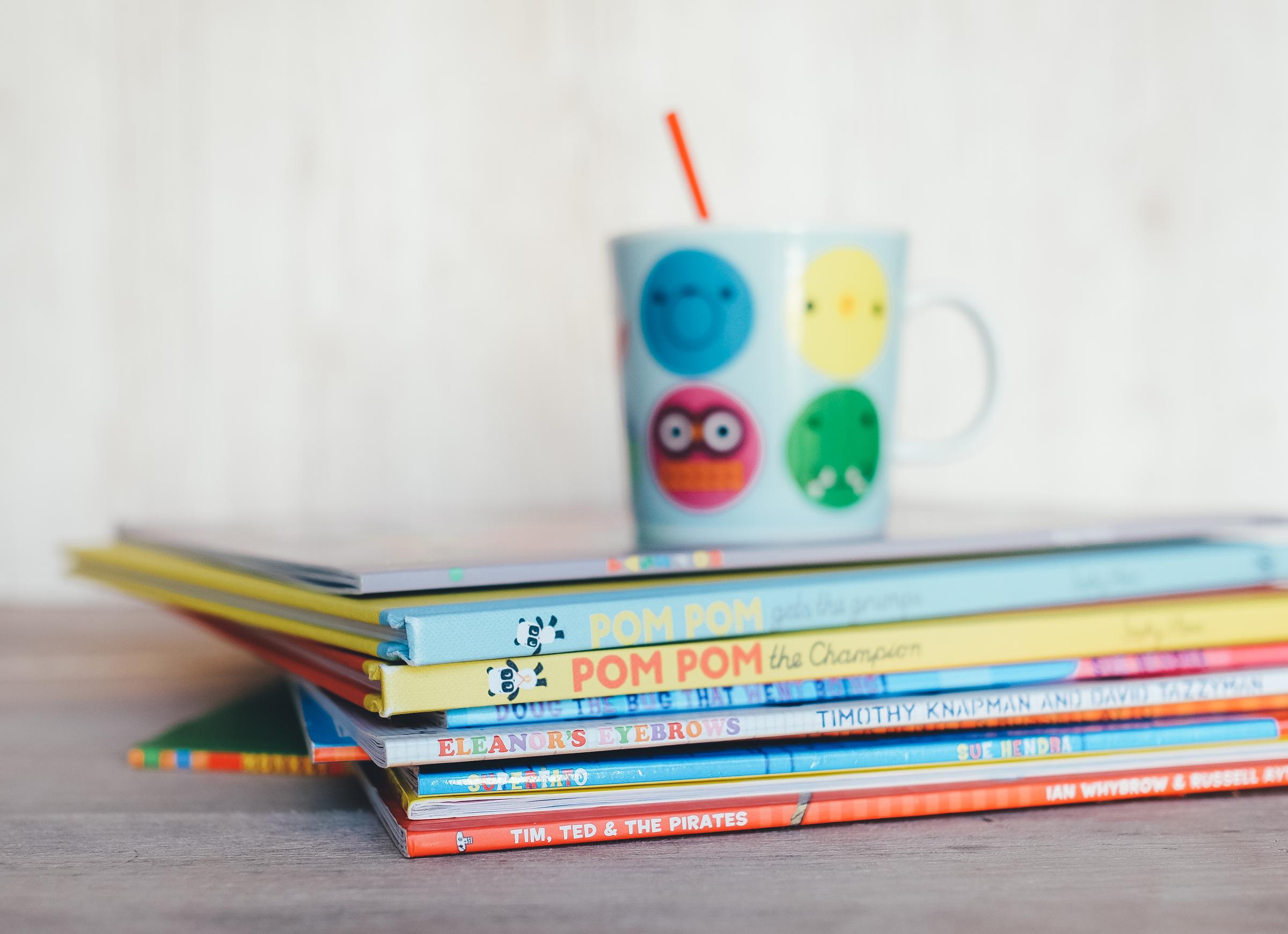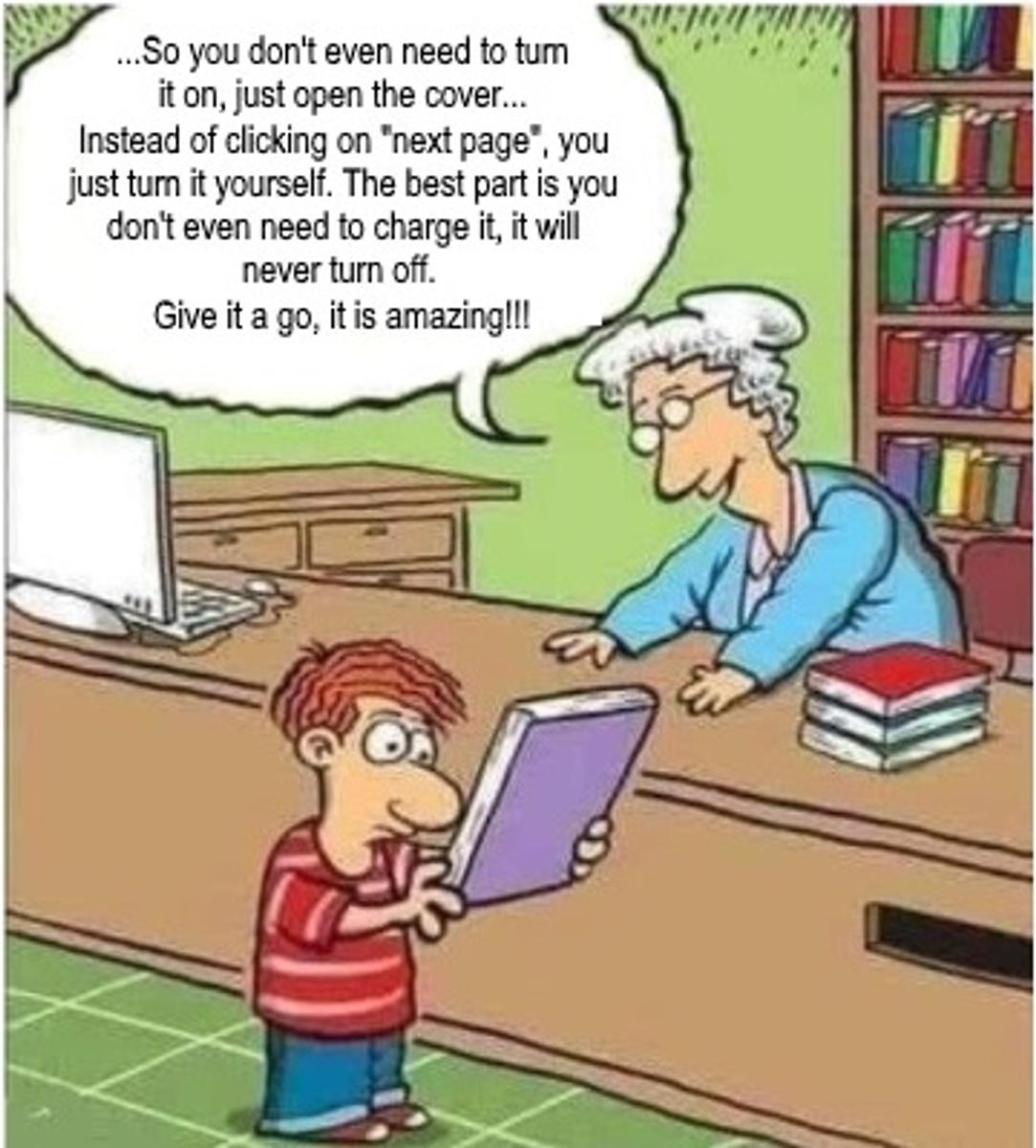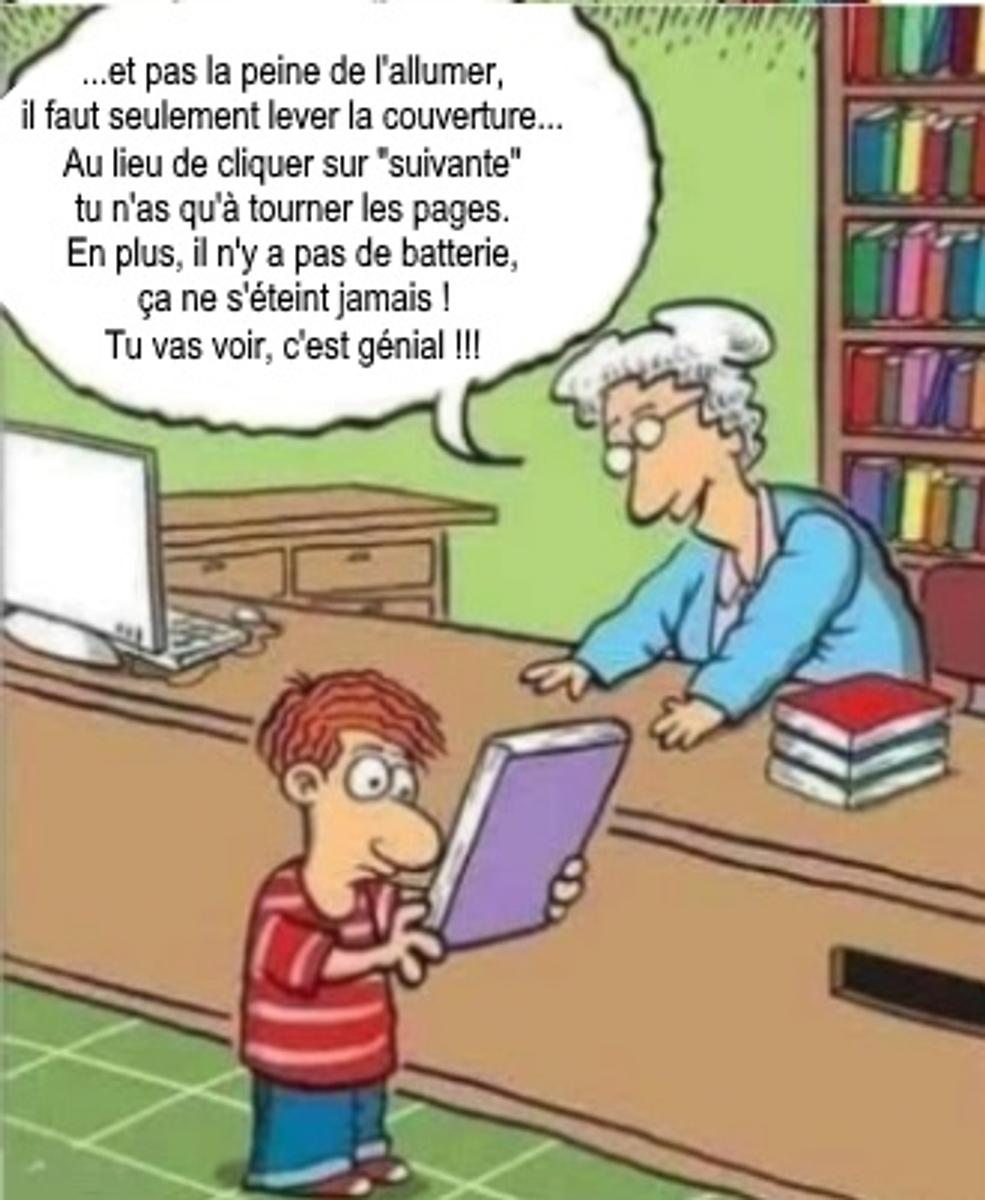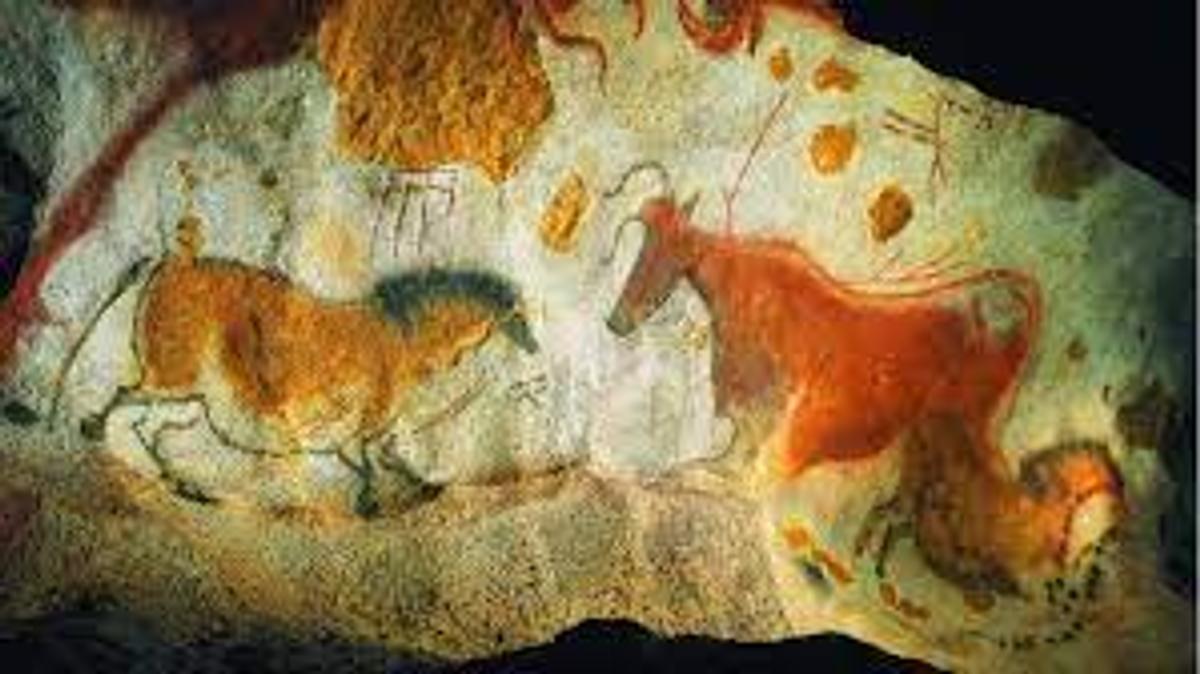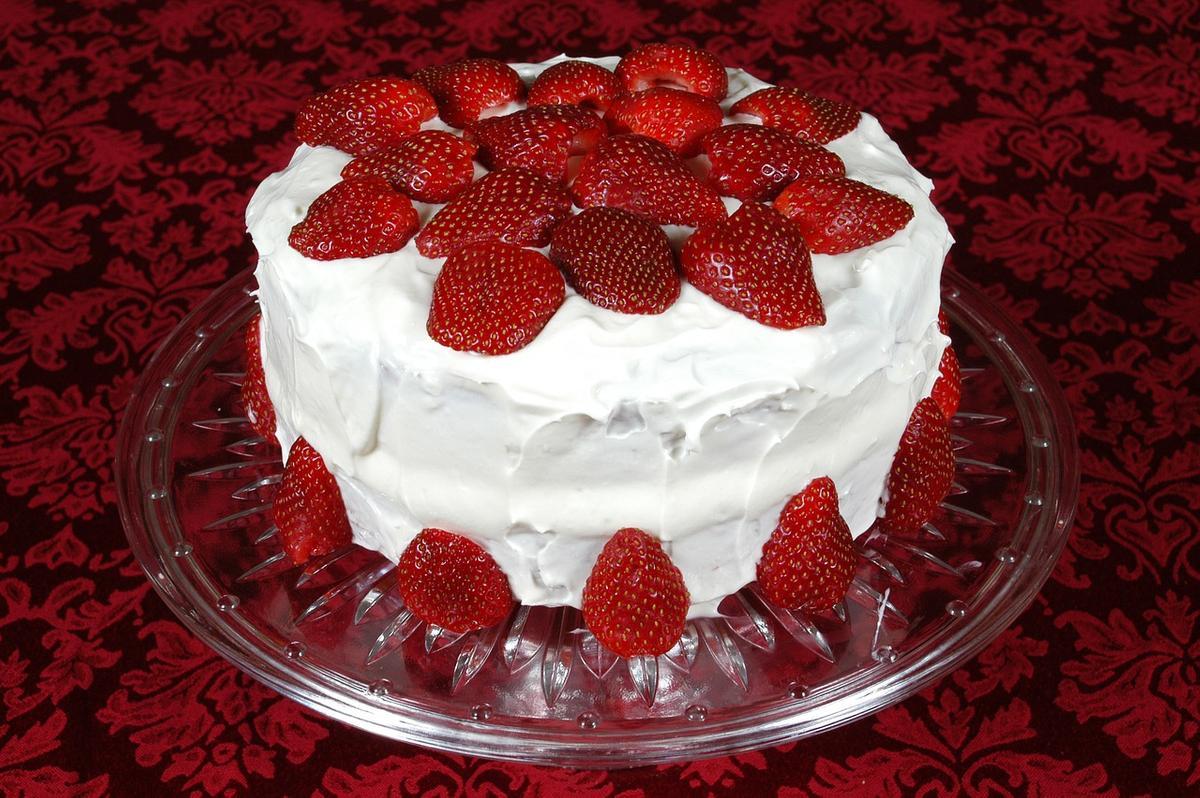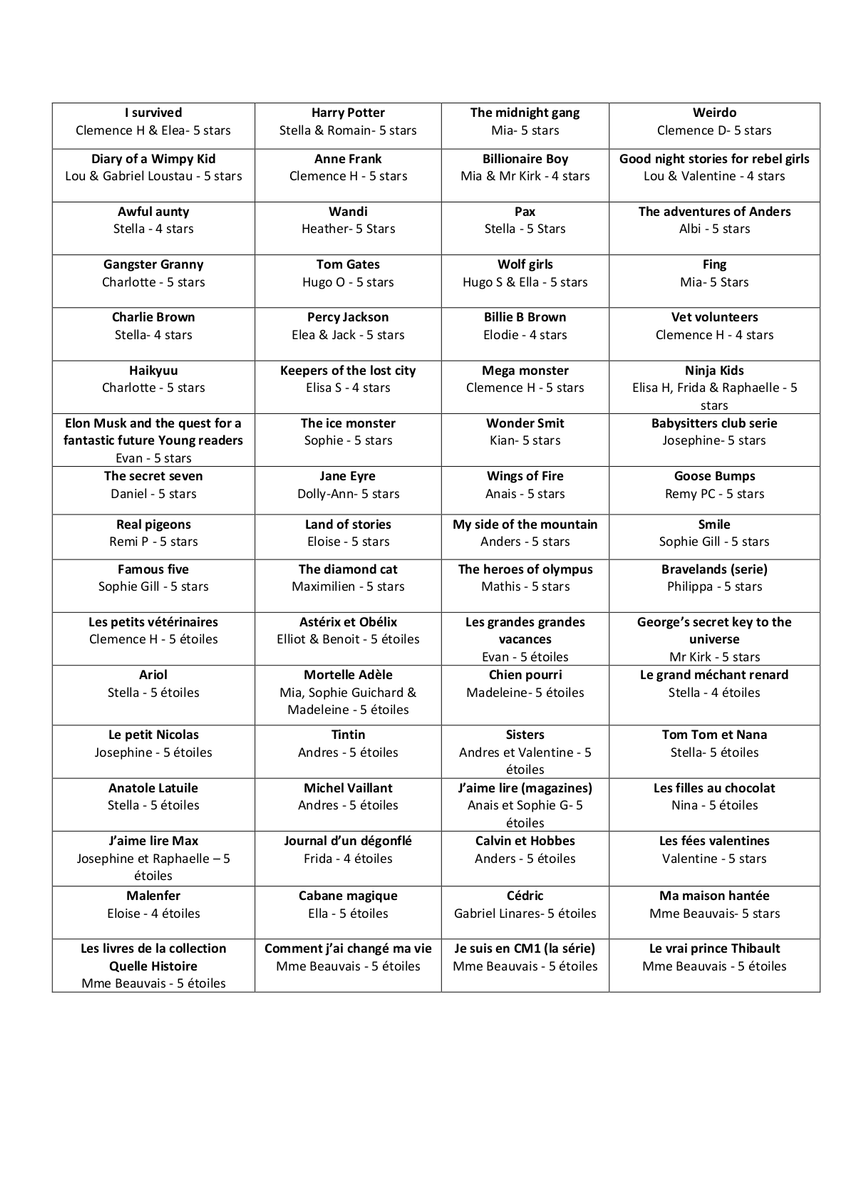Be the parent for the day
Let the kids pretend to be the adults for the day, at least when it comes to writing. When and why do parents need to write each day? Maybe you have to write a grocery list, a recipe, or an email. Let the kids help or do all the writing that is needed that day. There is nothing better than using parent role models to encourage writing at home.
A picture is worth a 1000 words
This one is simple! Grab any photo, even a digital one saved on a phone or tablet and have the kids write about it. They can write about what happened that day, a descriptive piece about the setting, or even a short story. Kids love using pictures to write, so why not use ones that they know a lot about already to get them writing?
Create an instruction manual
Have children keep a procedural writing journal of all the things that they did while they were home over break. They will not only be practicing writing skills, but they will never be stuck for an idea. They can write directions for ANY TASK they did that day including making a bed, brushing their teeth, washing dishes, building a Lego set, reading a book, really anything! To motivate children to write, have them create comic book style illustrations to match. If students complete this activity while on break from school, encourage them to bring in their writing when school begins again and “teach” their peers how to do something they are good at! Since this is a writing project, it will take several days to complete.
Daily Journal
I love having students write in their journals each morning. While sometimes there is a basic prompt such as, write about your favourite food or something you did over the weekend, this is an easy activity for children to do at home, too. There is no right or wrong way to write in a journal, so just let them be creative.
Tip: If you find your child is stuck and does not know what to write about, give them three minutes to draw a picture in their journal and then have them write about their drawing.
Write about reading
Since students are hopefully continuing to read daily, why not have them write about what they read. This does not have to be a long task at all! Keep it simple and have kids write a sentence or two that summarises their reading, something that they learned, or a prediction that they have. Just a quick response to practice writing at home each day.
-Emily Wade
Écrire un livre, c'est beau mais c'est long ! / Writing a book is nice, but it takes time!
Mais qui donc écrit ainsi ??? Des ratures, des dessins … une écriture illisible …mais c’est Victor Hugo ! Le grand écrivain français, comme chacun de ses collègues, travaillait de nombreuses heures sur les textes. Chacune de ses œuvres est le fruit d'un travail acharné.
Il est important de montrer aux enfants comment l'écriture est un travail, un entraînement et que la perfection n'est jamais au rendez-vous dès le premier jet !
But who writes like this??? Cross outs, drawings… and the writing is not even legible… well it is Victor Hugo! The great French writer, like all his colleagues, was working on his texts for hours. Every piece is the product of relentless work.
It is important to teach children that writing is a process that takes time and training, and perfection is never achieved in the first draft!
Voici un excellent texte d'Héloïse (5C) pour vous donner des idées pour vos vacances en France !
Avez-vous déjà entendu parler de la grotte de Lascaux ?
Premièrement, l’histoire raconte que quatre adolescents cherchaient leur chien, Robot. Robot trouve un passage et cherche à le suivre. Les garçons se faufilent auprès de Robot et ils découvrent la grotte de Lascaux !
Deuxièmement, la grotte a des centaines de fresques impressionnantes ! Les fresques ont beaucoup de couleurs et elles sont magnifiques !
Finalement, quand vous allez poser les pieds dans la grotte, vous vous sentirez comme des hommes préhistoriques !
Voilà mes raisons et pourquoi vous devriez visiter la grotte de Lascaux !
- Héloïse 5C
Voici un texte écrit par Noam (6F) dans le cadre des joggings d'écriture de 6ème
Chaque élève devait insérer les 3 mêmes mots (nom/adjectif/verbe) dans son texte : rouge/gâteau/donner. Bravo à lui pour sa créativité !
Le gâteau rouge
Quand je suis arrivé à la maison j’ai vu un gâteau sur la table et j’en ai mangé un peu.
Le gâteau à la fraise était vraiment rouge et délicieux!
Parce que c'était délicieux, ça m'a apporté beaucoup de joie, alors je me suis mis à danser pendant des heures et des heures.
Je ne pouvais pas m’arrêter, c’était trop bon!
Il y avait des fraises à l'intérieur et en l'extérieur du gâteau.
J'ai dansé vraiment joyeusement, et j’ai partagé le gâteau avec toute ma famille.
Après avoir partagé le gâteau, nous avons tous dansé, heureusement.
C’est le gâteau que nous avons mangé.
- Noam Portier 6F
Le petit Nicolas était le héros français cette semaine!
Tous les élèves d'année 3/CE2 jusqu'aux 6ème, toutes sections confondues ont pu aller voir le film ``Le Trésor du petit Nicolas “ dans la cadre du festival du Film Français de Melbourne.
Un moyen de nous rappeler les merveilleux livres de Sempé et Goscinny qui ont créé ce petit personnage dans les années 60 et de partager les aventures de ce petit écolier et de ses camarades. Un grand classique de la littérature jeunesse en France .
Vous pouvez en trouver dans la bibliothèque de l'école .. mais aussi dans des podcasts .
Le petit Nicolas - Livre audio
Petit Nicolas : Les récrés Livres audio de Sempé et René Goscinny
Voici les recommandations de lecture en anglais et en français des CM1 de Mme Beauvais et de Mr Kirk, un grand merci à eux !
Here are the book recommendations from Mme Beauvais and Mr Kirk's Grade 4 students. A big thank you to them!
Voici la liste de référence des ouvrages recommandés par l’Éducation Nationale pour les CM1 et les CM2:
Profitez bien de vos vacances pour lire, lire, lire et vous évader, à Lascaux, dans votre tête... ou ailleurs !
Enjoy your holidays and take the opportunity to read, read, read and escape, in your head... or elswhere!
-Anne-Cécile Floch
E-book Library
“Studies have shown that children who read for pleasure from a young age are much more likely to do well throughout their academic life.”
Students have access to borrow books 24/7. The digital library never closes.
*****
Don't forget to make use of our E-book Library. Everyone should have their login code and passwords.
Login and password reminder
Login - Firstname.lastname
Password - The student id which can be found on the compass app, when you look at your child's details. This is in upper case and is case specific.
These details should be recorded in the front of the student diary.
- E-Book Library is found under the Remote and Flexible Learning Tab on the school website. Go to ‘Remote and Flexible Learning’ then click the ‘E-Book Library’ tab. CJC Website - https://www.caulfieldjc.org.au/
- Or, go direct to the E-Book Library by clicking the button below:
- Click on ‘sign in’ (top right corner).
- Enter your child’s individual username and password.
- Start browsing and start reading. (Your child can borrow up to two books for two weeks).
French E-library at Alliance Française.
Parents who are members of the Alliance Française, you have access to the Culturetheque library with over 220,000 books available for students to borrow. Please click on the button below to access:

